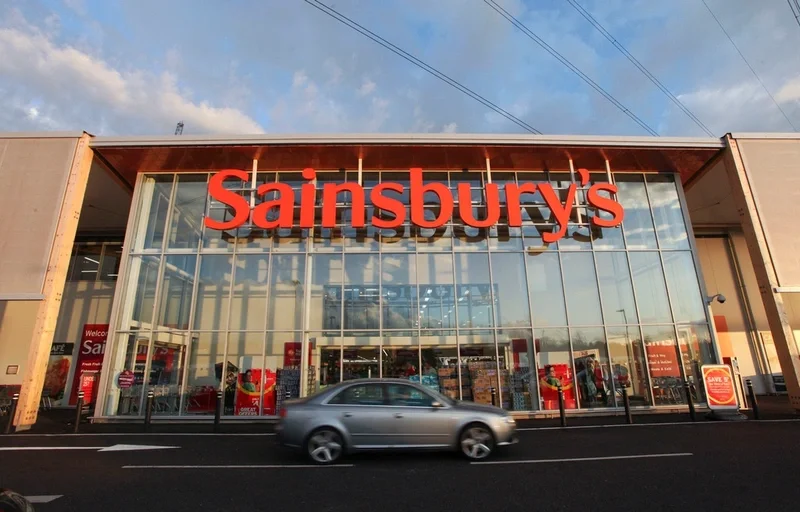We look at one of the most popular technical analysis techniques

Just imagine a methodology that can identify not only the critical breakout point but also the major price target, whilst indicating a likely time horizon for the trade. That is the claim of the Wolfe Wave technique, a form of technical analysis which seems to be similar in concept to the nearly eighty-year-old Gartley Wave hypothesis.
Wolfe Waves and Gartley Waves are superficially similar, since both theories are based on trading the last move of a five-wave sequence. Each looks to the first four waves and whether they trace out a W or inverted W shape to respectively signal a bearish or bullish outcome.
In a perfect Gartley Wave setup, the magnitude of each successive leg of the pattern approximates to a Fibonacci ratio relationship with its predecessor, in a similar fashion to Elliott Wave analysis. With both techniques, the starting point should be a significant price high for a bullish scenario or a low for a bearish one. This is the peak of the first leg or wave of the bullish inverse W pattern and is labelled X at its start and A at its end.
The second leg will then be a correction downward and should approach the Fibonacci 61.8% retracement of the first wave. The third wave of the pattern is a price advance and should achieve a Fibonacci retracement of between 38.2% and 78.6%, though it can extend.
The correction that represents the fourth wave, labelled D, should be between 127% and 161.8% of wave three and additionally retrace close to 78.6% of the first leg’s rise. In a bullish setup, buyers will pounce at this point in the belief that prices will then rise by at least the 61.8% retracement of wave four.
A potential Wolfe Wave series also signals a trend change but it is not required to adhere to such Fibonacci retracement constraints. It should form a four-leg rising W-shaped wedge in a bull trend and vice versa in a bearish one, whilst the third leg should return prices back within the range of the first.
By joining the starting point of the left shoulder of the W or inverted W to the extreme point of the third wave and then extending that line chartists will set price objectives for the fifth and final leg. Technical experts will then draw an additional line which extends beyond the peak or trough of wave one to pass through the extreme of leg three. They will accompany this with an indicator which connects the farthest points of waves one, two and ideally four. These two lines will inevitably converge and intersect at a future point, which according to Wolfe Wave hypothesis, may well coincide with the completion of the fifth wave. It is then possible to formulate a target value by drawing a vertical line, up or down, to hit the initial price objective feature.
This chart of Spirit Pub (SPRT) shows a developing bearish Gartley Wave count. The pattern has five legs with each turning point labelled successively X, A, B, C and D. The pattern suggests the counter will weaken back below 72p.
After 2012’s retreat Evraz (EVR) posted a Wolfe Wave inverted W wedge pattern with a final downward blow-off to D. By joining the start of the pattern at X to the top of the third leg at C and extending this green line, the Wolfe hypothesis gave a succession of recovery price objectives.






